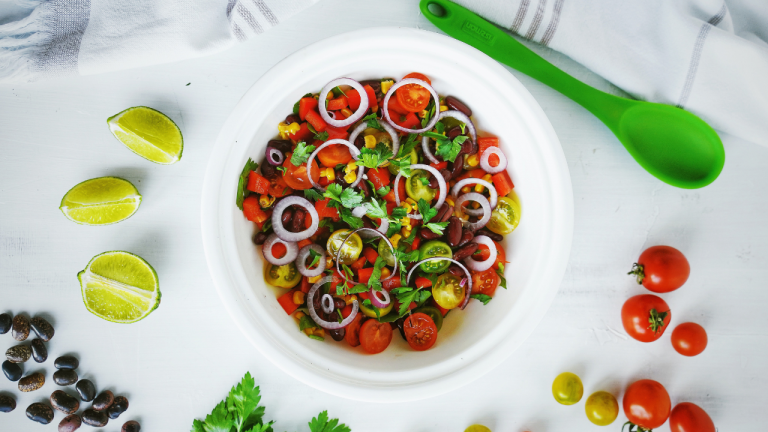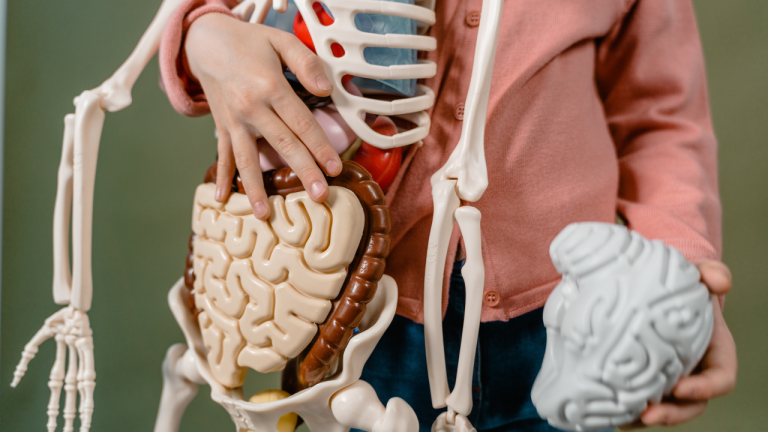Why is Fat Absorbed so Differently as Compared to Carbohydrates?

Fat is absorbed differently than carbohydrates due to differences in its chemical structure and the way they are processed by the body.
Fat molecules are made up of long chains of fatty acids, which are broken down into smaller molecules called triglycerides during digestion. These triglycerides are then transported through the intestinal wall and into the bloodstream with the help of bile, which is produced by the liver and stored in the gallbladder. From there, the triglycerides are carried by lipoproteins to the liver and other tissues throughout the body, where they can be used for energy or stored for later use.
Carbohydrates, on the other hand, are broken down into glucose and other simple sugars during digestion. These sugars are absorbed into the bloodstream through the walls of the small intestine and are carried to the liver, where they are either used for energy or stored as glycogen.
One reason why fat is absorbed differently than carbohydrates is that it is more complex and requires more processing by the body. Additionally, because fat molecules are hydrophobic (meaning they are not soluble in water), they require special transport mechanisms to move through the watery environment of the bloodstream.
Another key difference is that the body’s storage capacity for carbohydrates is relatively limited, whereas the body can store large amounts of fat. This means that excess carbohydrates are more likely to be converted into fat and stored in the body, whereas excess fat is simply stored as fat.
Overall, while both fat and carbohydrates are important sources of energy for the body, they are processed and absorbed in different ways due to their unique chemical structures and properties.



